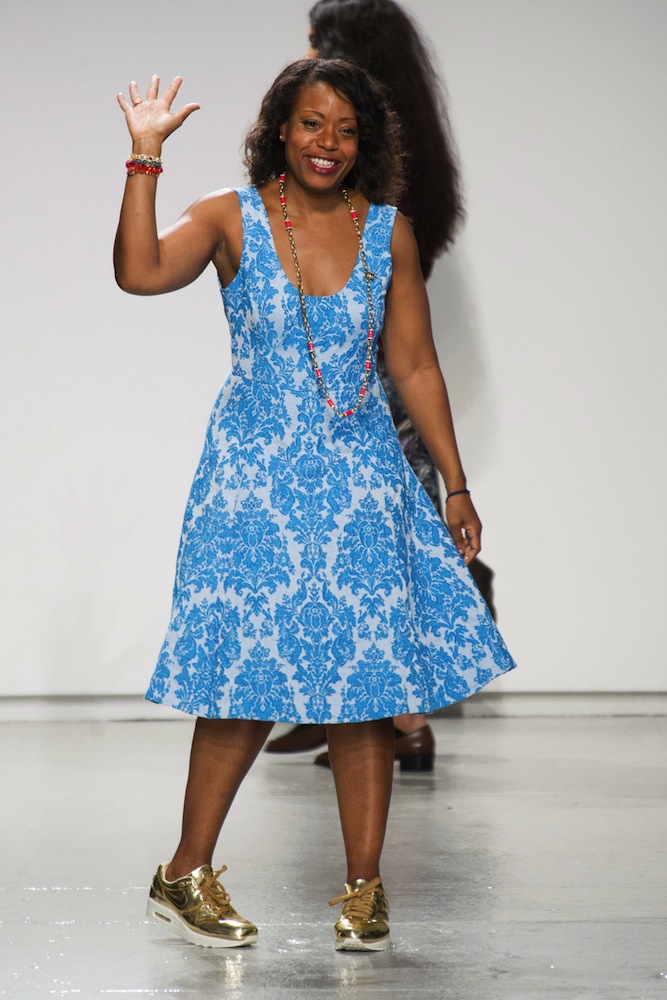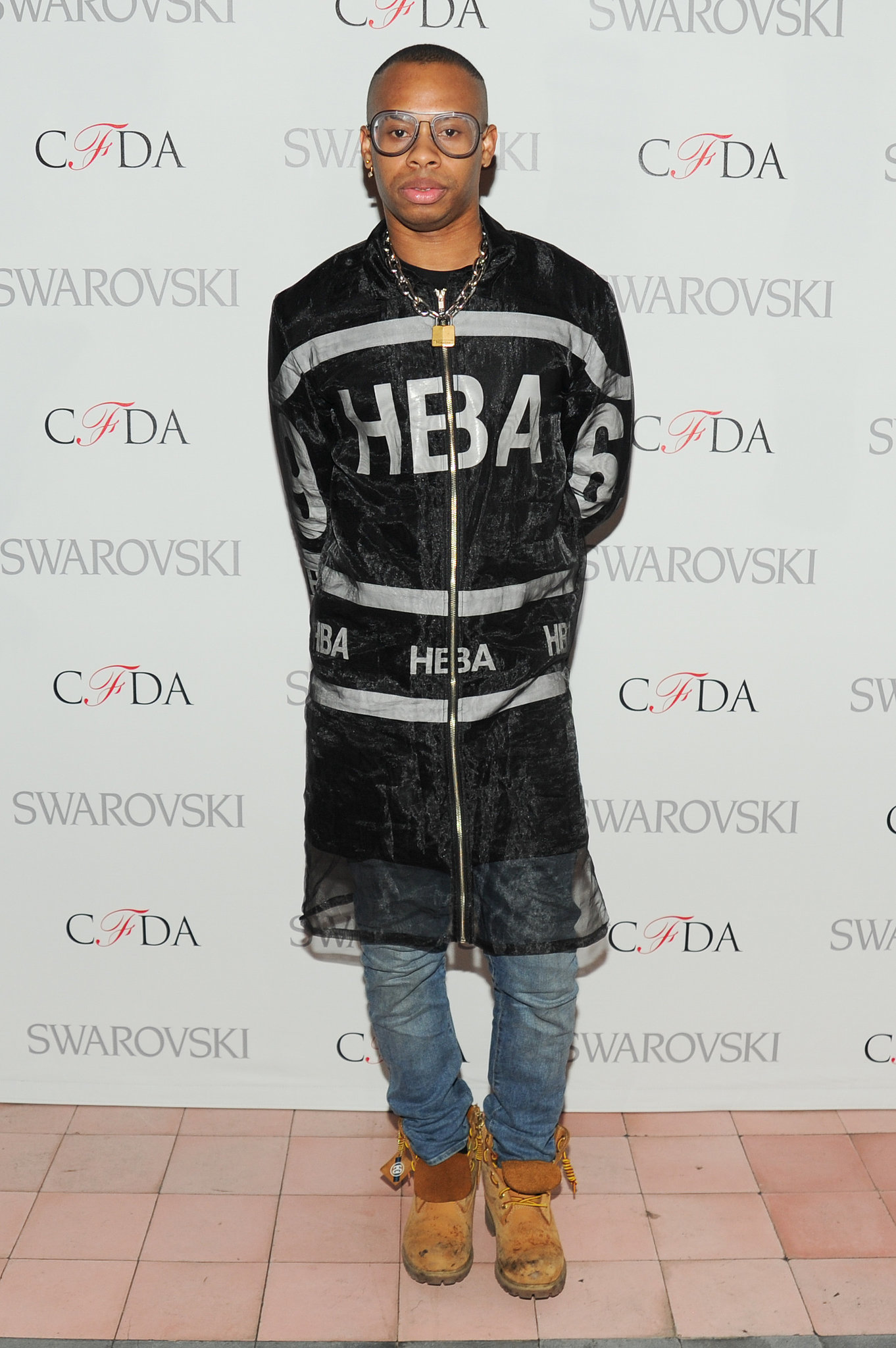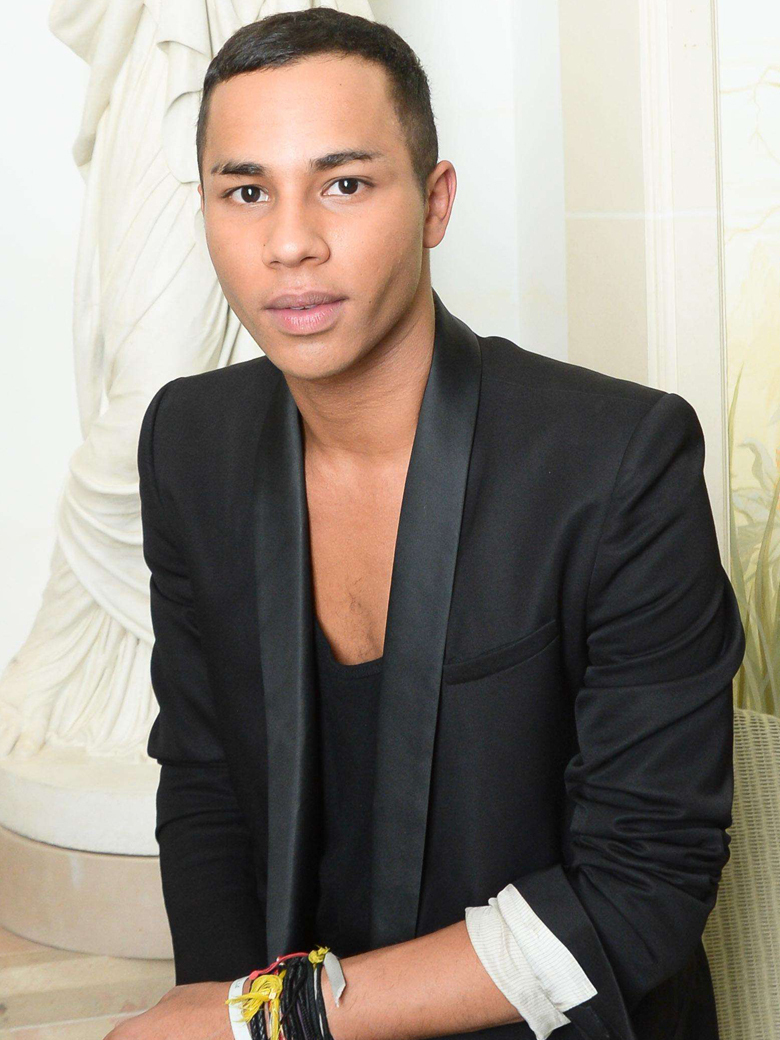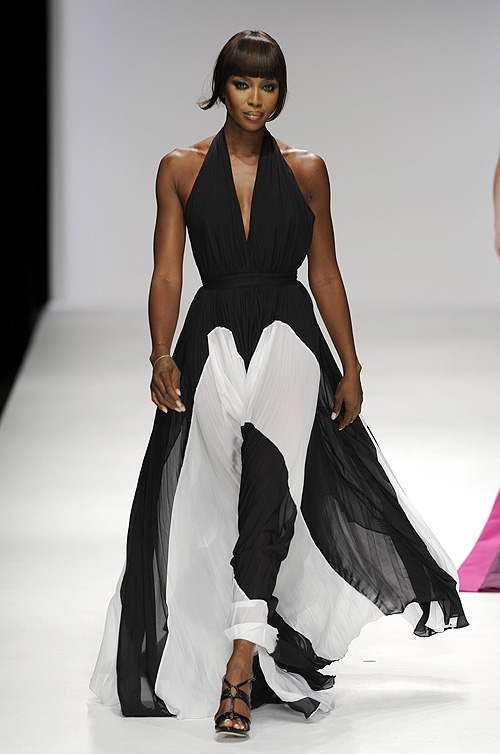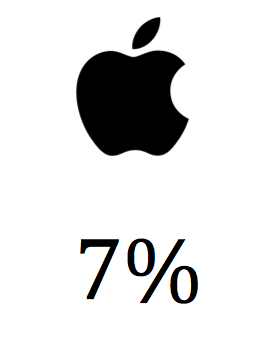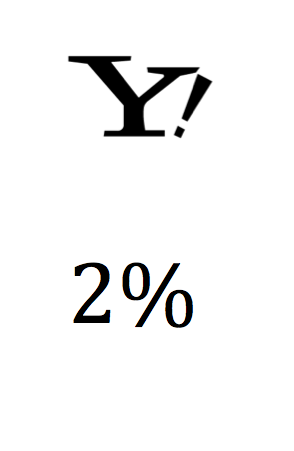I stumbled on this video on accident. I wasn’t looking for it, so when I got a glimpse of Chance the Rapper’s face on a thumbnail of a Vice video, my jaw dropped from both confusion and excitement. To my surprise, on March 20th, Vice released a short film called “Mr. Happy”, which features Chano as a depressed and suicidal kid, who is ready to take the final step to his death. Chance’s genuine ability is beautifully showcased, and although it isn’t a full-length feature, he is able to offer at least a small dimension to his character. The storyline, although somewhat conventional, has quite a few unexpected turns, and enough intricate details and scenery that earned it a second watch in my book. The point is: watching one of my favorite musicians act was simply satisfying and comforting. I find solace knowing that in between those often depressing singles our man isn’t wallowing away in a studio, but finding other methods of expression that although are as, if not more, gruesome, reflect a healthy expressive process and creative development.
It wasn’t until I already finished my first run through that I even made the connection between Chance and other rapper-actors like Childish Gambino, Kid Cudi, or Common. One after another, more and more musicians are taking roles on other creative expressive fronts, which paints in my mind a horizon filled with comprehensive artists that are multi-talented and faceted. This is something that as consumers and fans we should want, as those artists with experience in many mediums of creation can more wholly present new ideas and development. Art in all forms stimulates the mind, and promotes progression and creative process. I would rather have a Chance the Rapper who creates a variety of art, and is able to bring all of that experience outside of the music world back to the mic, than one who we as a population and consumer base, restrict to the music industry. It’s too static, and doesn’t properly reflect the culture we live in today where there is technology and social media that allows anybody to become anything. And while it seems as though it is out of our control as a population, it is our responsibility to remember that the industries that market art, music, and popular culture, do so to satiate our taste. When we show our support in these instances like Chance’s, more artists will be inspired and incentivized to step outside of the box, and seek that versatility that pop culture can have. Enjoy the film.













